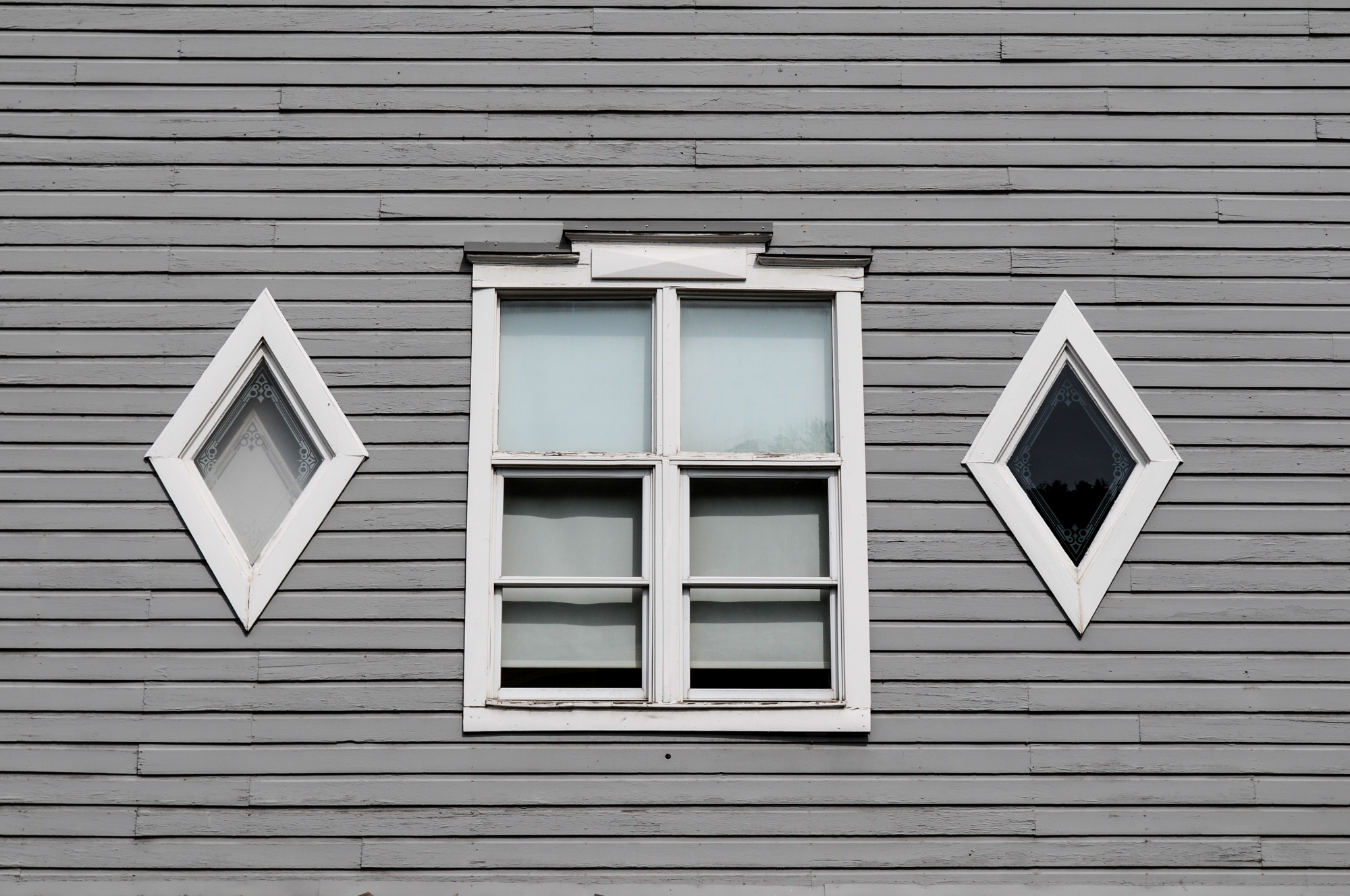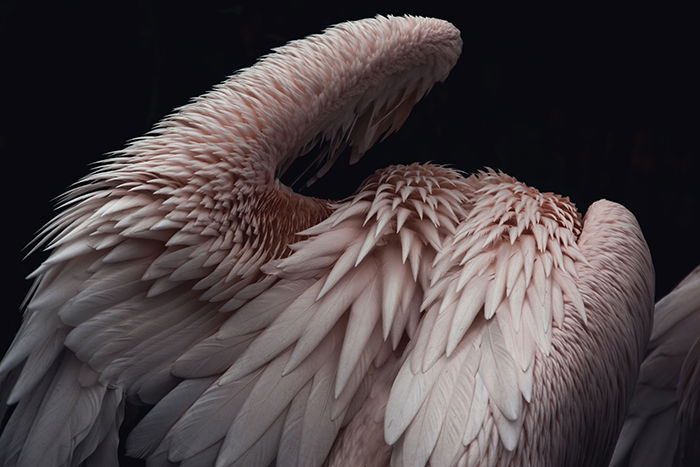
Max
"I have no special talent. I am only passionately curious" - Albert Einstein
Category: Uncategorized
The Formal Elements are the parts used to make a photograph. The art elements are line, shape, form, tone, texture, pattern, colour and composition.
- Line is an element of art defined by a point moving in space. Lines can be vertical, horizontal, diagonal or curved. They can be any width or texture. And can be continuous, implied, or broken.

- A shape is defined as a two dimensional area that stands out from the space next to or around it due to a defined or implied boundary, or because of differences of value, color, or texture.

- Form is a three-dimensional object with volume of height, width and depth. These objects include cubes, spheres and cylinders. Form is often used when referring to physical works of art, like sculptures, as form is connected most closely with three-dimensional works

- A HUE refers to the dominant Color Family of the specific color we’re looking at. White, Black and Grey are never referred to as a Hue.

- A Shade darkens the color. It remains the same Hue only a darker version. As has been noted above, even a small amount of White or Gray added to a color, transforms it into a Tone.

- Color Theory defines a True Tone as any Hue or mixture of pure colors with only Gray added. To be precise, this definition considers Gray as truly neutral. In other words, there are no additional pigments in the Gray other than White plus Black.

© 2025 Max
Theme by Anders Noren — Up ↑
Recent Comments